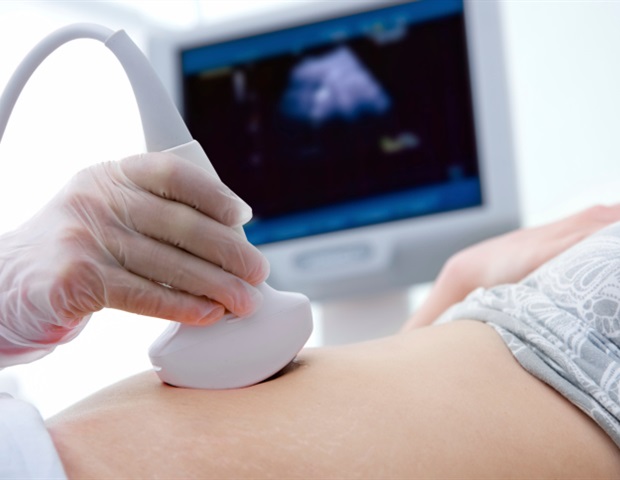Revolutionizing Brain Disease Treatment: Hybrid Technology Boosts Precision of Stem Cell Therapy

Diseases such as Parkinson’s and Alzheimer’s involve permanent harm to neurons along with minimal natural healing processes. Although stem cell treatment shows significant potential for restoring nervous system tissues, it has faced challenges due to inefficient cell distribution and poor conversion of cells into desired types. Techniques currently used, which include surgery or magnetism to place these cells, frequently fall short when trying to achieve accurate positioning and regulated development. Ultrasonic waves have shown promise because they can penetrate deeply without harming body tissues; however, standard ultrasound devices do not provide enough accuracy. Meanwhile, tiny robotic machines propelled by magnets (referred to here as Cellbots) enable more exact targeting during cellular transport, yet combining this technology with approaches aimed at transforming cells remains underdeveloped territory. Consequently, building combined technologies capable of delivering cells precisely alongside inducing their transformation locally represents an urgent requirement within efforts to improve treatments focused on repairing nerve-related illnesses.
Published with DOI: 10.1038/s41378-025-00900-y on March 20, 2025, Microsystems & Nanoengineering A research initiative headed by scientists from the Daegu Gyeongbuk Institute of Science and Technology (DGIST) presents an innovative method in neural stem cell treatment. They merged Magnetic Cellbots with a piezoelectric micromachined ultrasound transducer (pMUT) array to accomplish precise cellular transport and focused differentiation. When ultrasound was applied to guide these magnetized cells, they noted a significant 90% growth in neurite extension, which signifies advanced neuronal development. This integrated technique could potentially revolutionize therapies for neurodegenerative disorders by improving the accuracy and effectiveness of stem-cell based interventions.
The study's core innovation lies in the seamless integration of two cutting-edge technologies: magnetic Cellbots for precise stem cell delivery and a pMUT array for localized ultrasound stimulation. The Cellbots, loaded with superparamagnetic iron oxide nanoparticles (SPIONs), were guided to target regions using an electromagnetic system. Once positioned, the pMUT array delivered focused ultrasound pulses, significantly enhancing neurite outgrowth-119.9 µm in stimulated cells versus 63.2 µm in controls. The pMUT's miniaturized design, with 60 µm elements, enabled high spatial resolution, ensuring that stimulation was confined to desired areas without off-target effects.
The key findings from this research encompass the remarkable acoustic capabilities of the pMUTs, which can produce pressures reaching up to 566 kPa, along with their biocompatible nature confirmed via extensive cell viability assessments. Sequential activation of the pMUT channels helped reduce overlaps, thereby enhancing overall stimulation effectiveness. Additionally, the Cellbots demonstrated superior magnetoresponsive properties, attaining velocities of 36.9 µm/s when exposed to a 20 mT oscillating magnetic field without causing harm to cellular integrity. By employing this two-pronged system strategy, long-standing challenges associated with stem cell therapy—such as inadequate differentiation and imprecise positioning—are surmounted, thus facilitating progress towards restoring operational neuronal circuits within injured brain tissues.
Dr. Hongsoo Choi, who authored the study, highlighted the revolutionary impact of their findings: " Our technology merges the precision of magnetic actuation with the non-invasive power of ultrasound to create a scalable platform for neural regeneration. By achieving localized differentiation, we can now envision therapies where stem cells not only reach their target but also mature into functional neurons on demand. The team intends to investigate clinical uses, such as modifying the system for use in minimally invasive operations on human patients.
This research opens new avenues for treating neurodegenerative diseases and neural injuries. The ability to precisely deliver and differentiate stem cells could significantly improve outcomes in Parkinson's, Alzheimer's, and stroke recovery, where neural connectivity is critical. Beyond therapy, the technology may also aid drug testing by creating accurate neural models in labs. Future work could refine ultrasound parameters for optimal differentiation and scale the system for human use. Challenges remain, including ensuring long-term cell survival and integration in vivo. However, if successful, this approach could reduce reliance on invasive surgeries and offer safer, more effective regenerative treatments, marking a significant leap forward in bioengineering and personalized medicine.
Source:
Chinese Academy of Sciences
Journal reference:
Kim, S., et al . (2025). Localized ultrasonic stimulation using a piezoelectric micromachined ultrasound transducer array for selective neural differentiation of magnetic cell-based robots. Microsystems & Nanoengineering . doi.org/10.1038/s41378-025-00900-y .

No comments